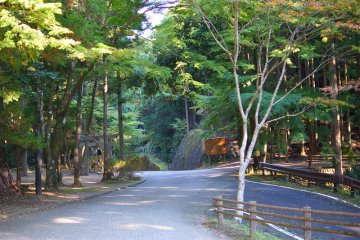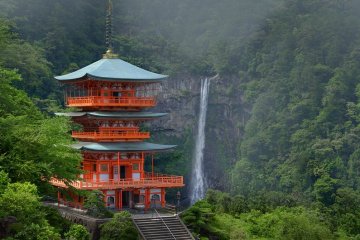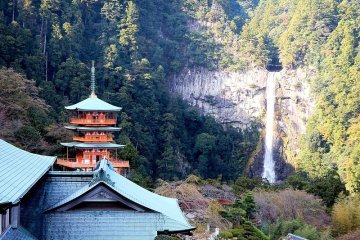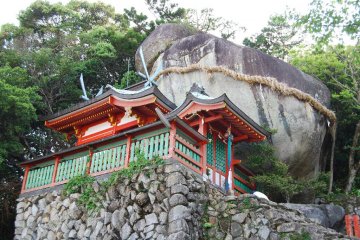

For over 1,000 years, Japanese people from all walks of life, including retired emperors and aristocrats, have made the arduous pilgrimage of Wakayama. The Kumano Kodo is a network of ancient pilgrimage routes that traverse the Kii Peninsula in southern Wakayama Prefecture. These sacred paths have become Created to serve as pilgrimage routes to enter the sacred Kumano Sanzan area, which includes the three great shrines of Kumano Hongū Taisha, Kumano Nachi Taisha and Kumano Hayatama Taisha. In July 2004, the Kumano Kodo Pilgrimage Routes were established as part of the "Sacred Sites and Pilgrimage Routes in the Kii Mountain Range" added to the list of UNESCO World Heritage Sites.
There are 4 main routes in total: The Nakahechi Route is the most popular route. From the 10th century onwards, the Nakahechi route was used extensively by the imperial family on pilgrimages from Kyoto. The Kohechi route connects the Buddhist temple complex of Koyasan and Kumano-Sanzan. Hikers should be well prepared if they want to take this route. The Ohechi Route offers picturesque views over the Pacific, while the Iseji Route features a variety of mountain passes, bamboo forests, terraced rice fields and beaches.

The Kumano Nachi Taisha is a Shinto shrine and part of the UNESCO World Heritage-listed holy sites and pilgrimage routes in the Kii Mountains of Japan. The Kumano Kodo Route connects it with other sites of the same classification, mainly in Wakayama Prefecture This is the perfect area for hiking enthusiasts. The shrine is part of a large complex of neighboring religious sites that illustrate the amalgamation of Buddhist and Shinto influences that is characteristic of the Kumano region. The site also has the highest waterfall in Japan. The 133 meter high Nachi no Taki still impresses many travelers with its strength and natural beauty.

Nachi Waterfall (那智滝, Nachi no Taki) in Nachikatsuura, Wakayama Prefecture, is one of the most famous waterfalls in Japan. With a drop of 133 meters, it is the highest waterfall in the country with a single, uninterrupted stream of water. The highest waterfalls with multiple waterfalls in Japan however, the Hannoki Falls with 497 meters and the Shomyo Falls with 350 meters. If you go down the stone stairs after going under the gate of the Hiro Shrine, you can immediately see the huge waterfall falling from the cliff. Since this waterfall is considered god, touching the rippling water is a blessing. It is one of the "100 selected Japanese waterfalls" and "100 soundscapes in Japan". At the top of the falls, there are two rocks that are the guardian gods of the falls and the Shinto shrine.

Kamikura Shrine (神倉神社, Kamikura Jinja) is related to the Hayatama Taisha Shrine and can be found on top of a hill of 538 stone steps, some as steep as 45 degrees. Facing east makes the shrine a good place for watching the sunrise. Every year on February 6 the Oto matsuri, a fire festival, is held where they run from the top to the bottom of the hill in the dark.